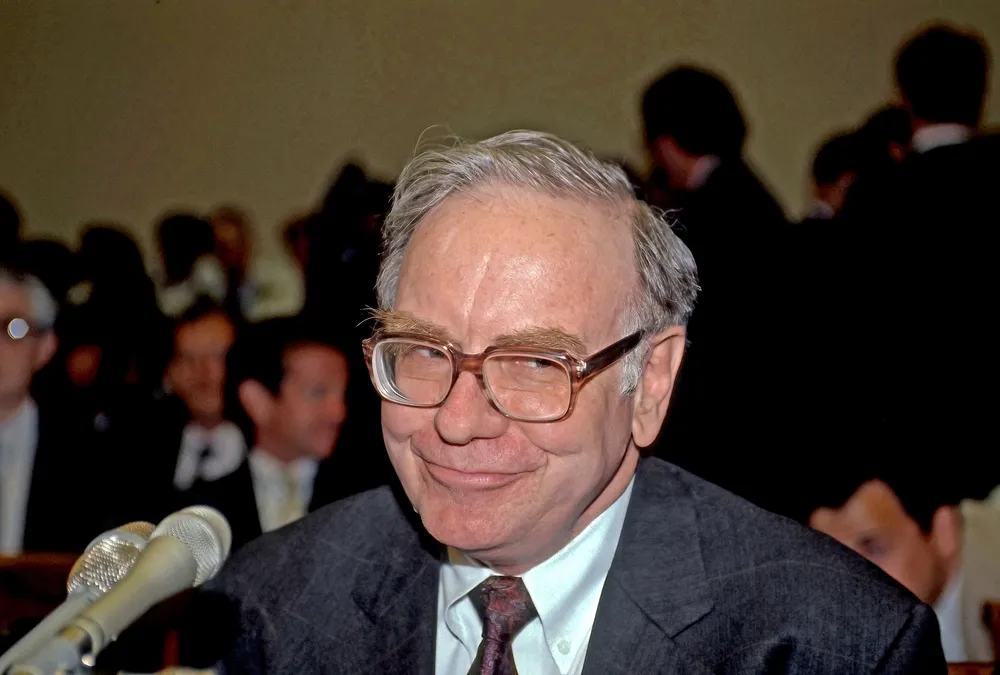Personal Finance News
Invest and forget? The fascinating story behind coffee can portfolio

4 min read | Updated on December 27, 2024, 15:41 IST
SUMMARY
While the coffee can strategy might be a subject of debate today, it first occurred to Robert .G. Kirby, an investment manager in the US, when he worked for a large investment counsel organisation in the mid-1950s. It suggests buying and holding good stocks for an extended period, essentially forgetting about them.

The coffee can portfolio concept draws inspiration from the Old West, when people used to put their valuable possessions in a coffee can. Representational image
Could individuals accumulate far more wealth than they currently have?
Probably yes, if you believe in the coffee can portfolio concept, which suggests buying and holding good stocks for an extended period, essentially forgetting about them.
While this strategy might be a subject of debate today, it first occurred to Robert .G. Kirby, an investment manager in the US, when he worked for a large investment counsel organisation in the mid-1950s.
Most of the organisation's clients were individuals. The advisors, including Kirby, always told them that "they were in the business of preserving capital, not creating capital" and that “if you wanted to get a lot richer than they already were, then they should hire someone else."
However, an experience with a female client made him realise the impact of coffee can investing. Kirby shared the interesting story in an article published in The Journal of Portfolio Management in 1984, which might give you some food for thought.
The coffee can story
The woman's financial affairs were handled by her husband, a lawyer. He was also her primary contact with Kirby’s firm.
Kirby worked with the woman for around 10 years, after which her husband suddenly died. She inherited his estate and securities and wanted to add the latter to her portfolio.
When Kirby analysed the list of assets left by the man, he was “amused” and even “shocked”.
The woman’s husband had passed away with an odd-looking portfolio of many small and large holdings. Several small investments in his portfolio were valued below $2,000. There were also many large holdings valued over $100,000.
However, one of his investments stood out. The man had shares of Haloid (which later became Xerox) worth $800,000. And this single investment was larger than the entire portfolio of his wife.
So, how did the man secretly amass such a big portfolio?
Kirby found the man was secretly piggybacking on recommendations for his wife's portfolio but with a twist of his own.
Every time Kirby gave a buy recommendation for the woman, her husband purchased shares worth $5,000 but never paid attention to the sell calls. After every purchase, the man tossed the share certificates in a safe deposit box and forgot it.
Origin of coffee can portfolio
Kirby wrote that the coffee can portfolio concept draws inspiration from the Old West, when people used to put their valuable possessions in a coffee can and place it under the mattress. This ensured no transaction or administrative costs were involved in holding the valuables.
In this approach, however, the future value of the objects kept in the coffee can depend entirely on the wisdom and foresight used by the person.
Can it outperform active management?
Kirby said there was a ”really simple” basis behind the notion that a coffee can portfolio could outperform an actively managed portfolio selected by the same investment management firm over a fixed duration.
He explained this with an example of constructing a stock portfolio of $100 million. He wrote that an orthodox professional money manager would build a portfolio of something like fifty $2 million investments, each representing 2% of the fund. If such a portfolio were then buried and forgotten for a while, several obvious conditions would apply.
First, the most that could be lost in any one investment would be 2% of the fund.
Second, the most the portfolio could gain from a single investment in the portfolio would be unlimited.
"After all, there would be no one to apply the concepts of diversification and too much exposure to a given company, or a given industry," Kirby wrote.
Related News
By signing up you agree to Upstox’s Terms & Conditions
About The Author
Next Story


